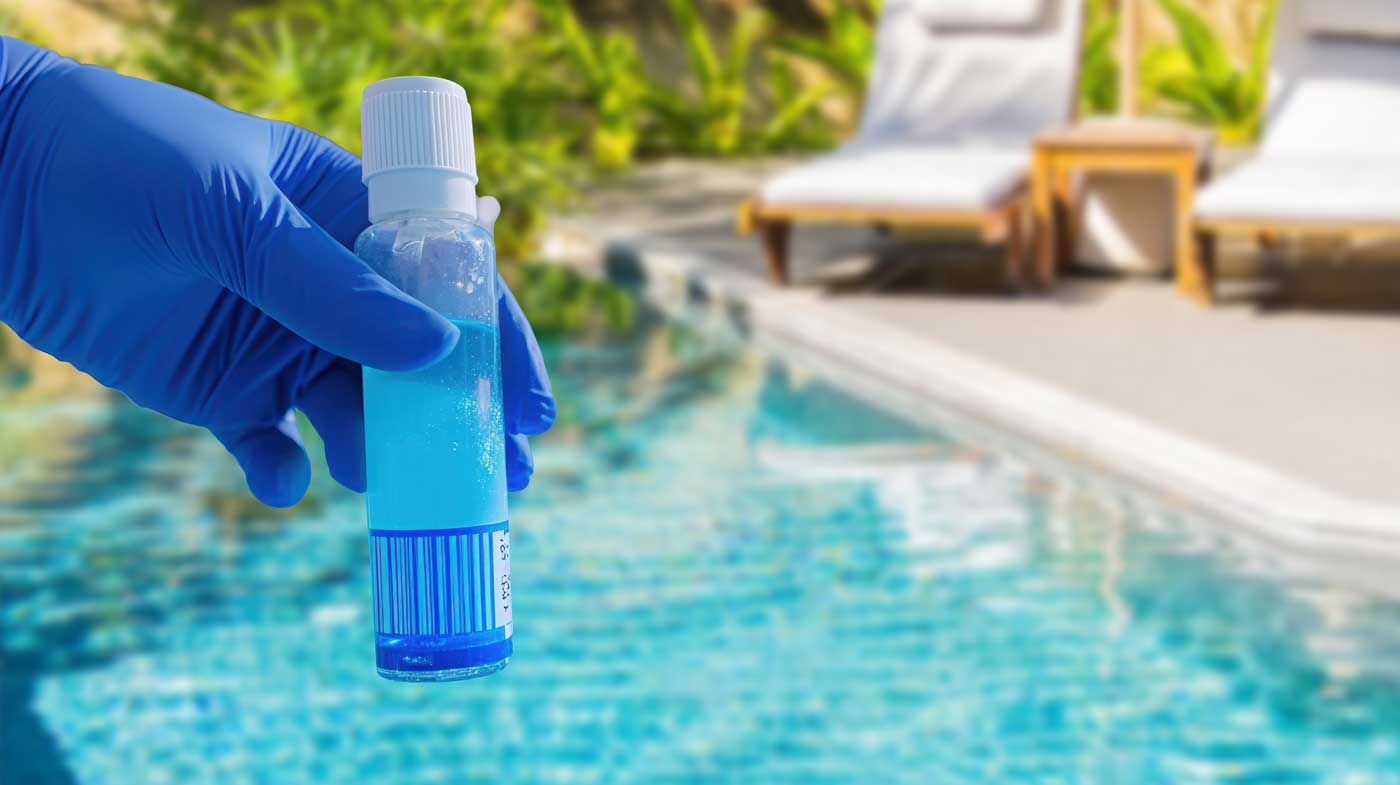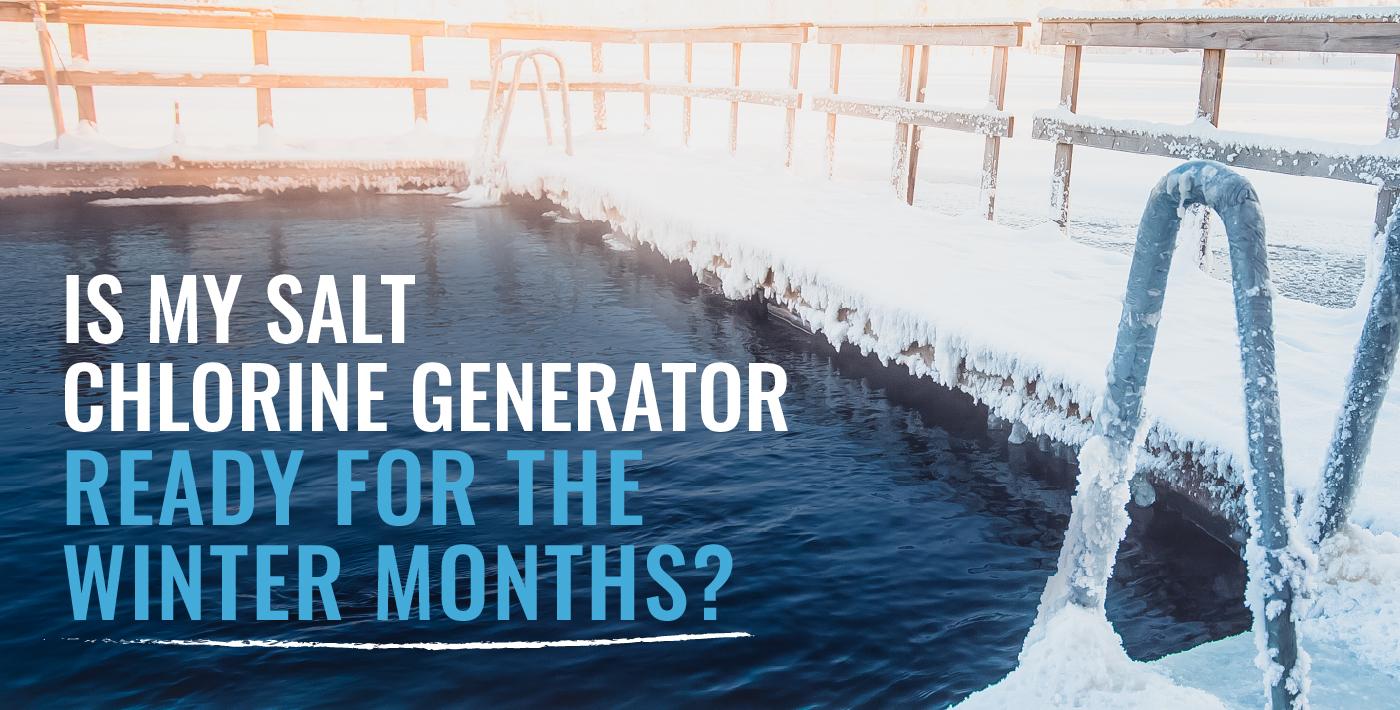Also, warranties can be voided if improper water chemistry is determined to be the reason…
How Do The Sun (UV) Rays Affect My Swimming Pool Water?
With the summer heat and the strong sun rays upon us, a dip in the crystal clear water of your outdoor swimming pool sounds like the perfect, refreshing thing to do. Did you know that it is during these summer months that we need to pay closer attention to the chlorine levels in our pools? We will go over what to look for to help you enjoy your swimming pool more, and spend less time maintaining your pool.
Chlorine is extremely susceptible to the Ultraviolet (UV) rays from the sun, which can use up your chlorine rapidly. Because of this, special attention is needed during the hotter summer months. In fact, without proper protection, perfectly balanced water can lose its chlorine level within a few hours! Therefore, proper maintenance and care of your water chemistry during these months are vital to controlling your chlorine levels.
Think of the chlorine in your pool as your skin in sunlight. We use sun screen in order to avoid being sun burned. In the same way we protect our skin from the sun, there are products available in the market that works as a sun screen for your chlorine (to reduce chlorine loss from the UV rays), and help prevent algae growth (should you experience insufficient chlorine levels from the UV rays). These are just a few:
- Conditioner: Also called Stabilizer or Cyanuric Acid, is a quick dissolving powder that protects and stabilizes chlorine against the suns destructive UV rays. When added to proper levels, it acts as a sun block to help retain the chlorine in your outdoor pool. For most regions, 60 -80 ppm is recommended. For ORP controlled pools, 30-50 ppm is recommended. Conditioner is not needed for indoor pools that are not exposed to UV rays.1 lb per 5,000 gallons of water will increase 25 ppm.For more information about conditioner, please click here.
- Pool Algaecide: When chlorine levels are low in your swimming pool water, it allows the opportunity for algae to grow. Pool algaecides can be used to treat algae blooms, can also be used in a preventative application, and helps chlorine perform better. Lo-Chlor Algaecide is a long acting algaecide that continues to protect your pool for 3 months with just one application. For more information on pool algaecide, please click here.
We hope this article has shed some light on the effects of the sun’s ultra violet rays on the chlorine in your pool. Feel free to contact us should you have any further questions here, or leave us a comment! If you would like to learn more about the recommended water chemistry levels for your swimming pool, please read How Do I Open My Pool For The Season With a Salt Chlorine Generator?
We hope this article has shed some light on the effects of the sun’s ultra violet rays on the chlorine in your pool. Feel free to contact us should you have any further questions here, or leave us a comment! If you would like to learn more about the recommended water chemistry levels for your swimming pool, please read How Do I Open My Pool For The Season With a Salt Chlorine Generator?




This Post Has 0 Comments